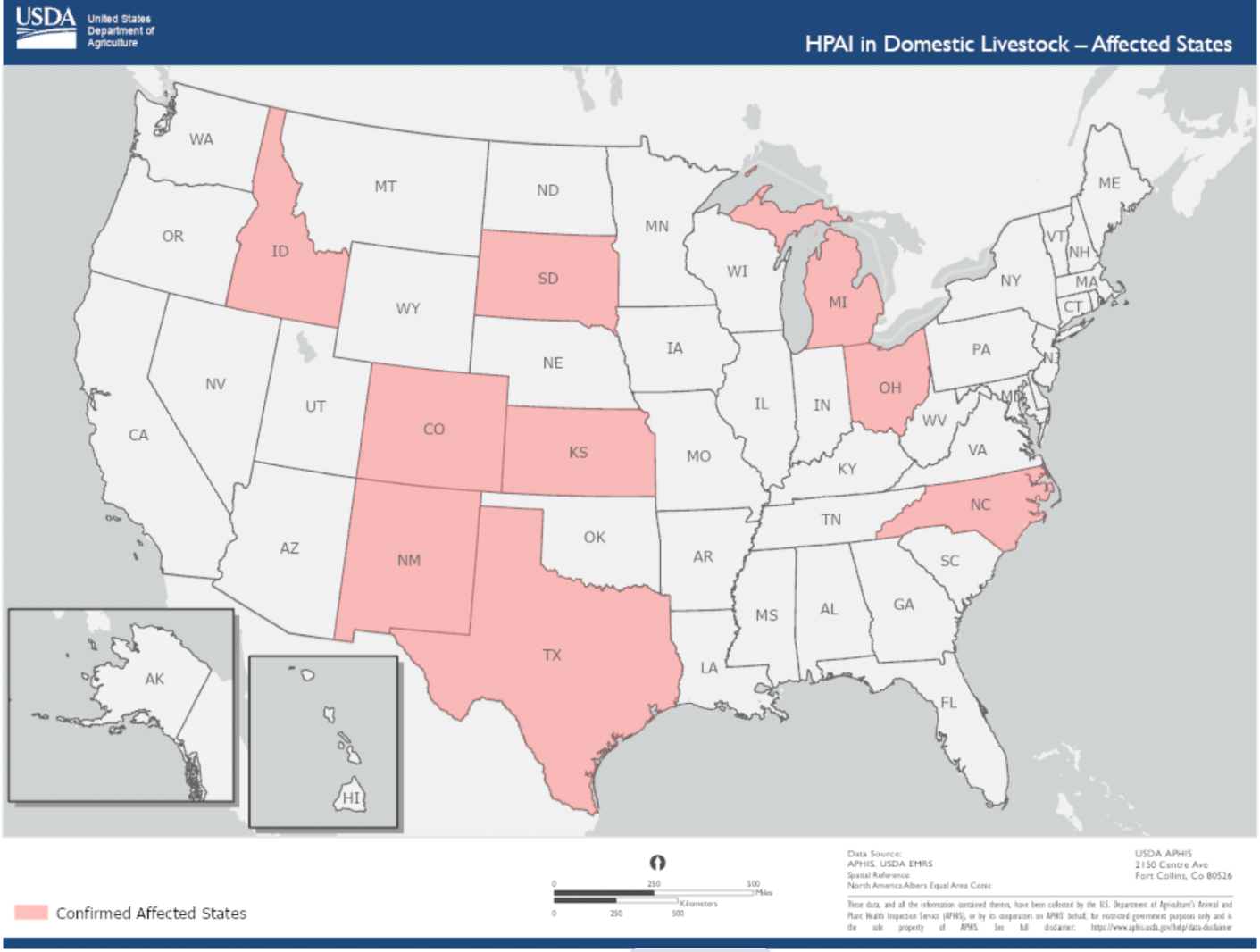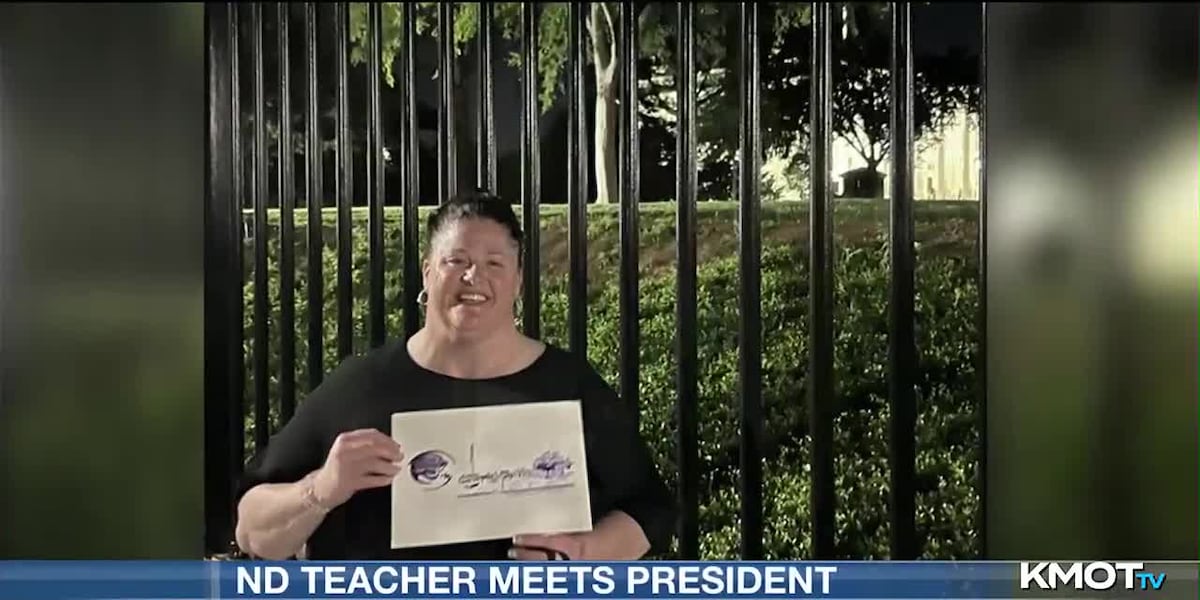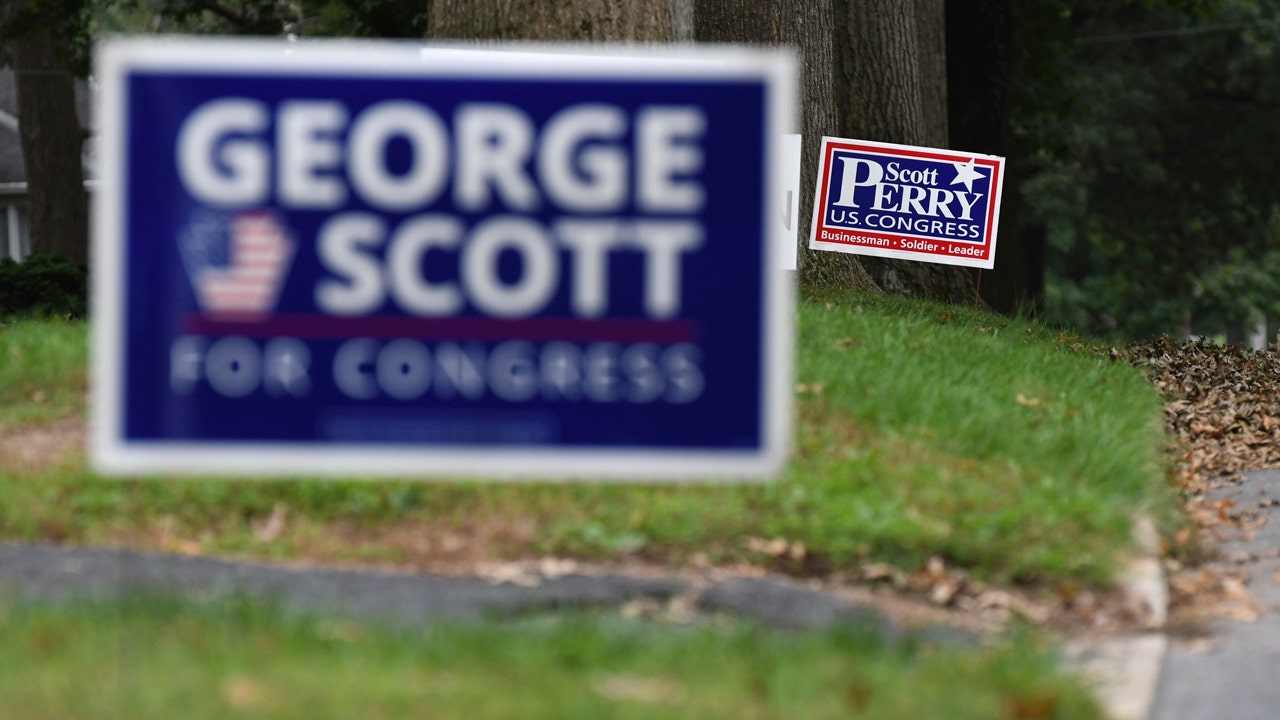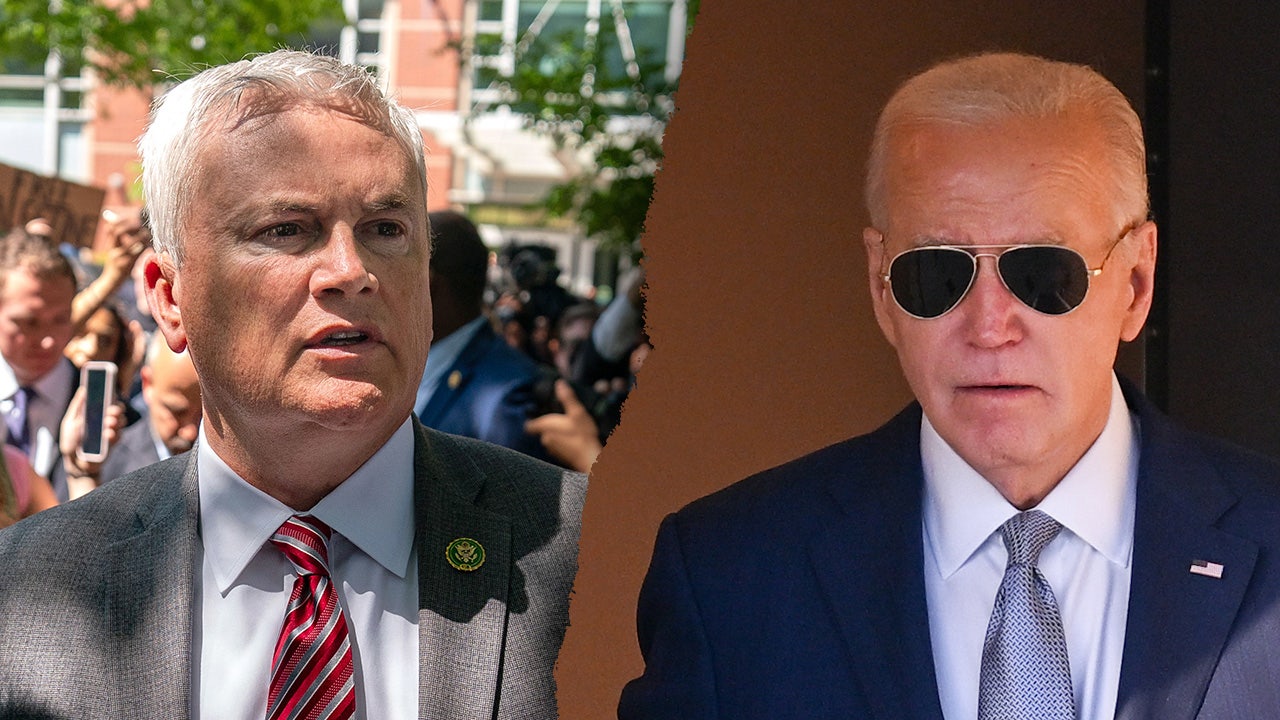South Dakota
Water from arsenic-laced wells could protect South Dakota tribal land from wildfires

With decades of experience, Reno Red Cloud knows more than anyone about water on the Pine Ridge Reservation in South Dakota. As climate change makes fire season more dangerous on the reservation — which covers more than 2 million acres — he sees a growing need for water to fight those fires.
Red Cloud is the director of water resources for the Oglala Sioux Tribe and he recently received nearly $400,000 in federal funding to revive old wells that have been dormant for decades. He thinks the wells can produce over a million gallons of water a day. But there’s one catch: They have elevated levels of arsenic.
“We have to look at using these wells,” he said. “They are just sitting there. Instead of plugging them, like a Band-Aid, let’s utilize them for the future of drought mitigation.”
The Oglala Sioux’s water needs have doubled in recent years, with longer and hotter summers and, of course, drought. With more wildfires on the horizon, the water Red Cloud envisions could not only add to the quality of life for those on the reservation, but he sees this as a climate solution for reservations across the nation.
“We think other reservations could do the same,” he said.
Arsenic can’t be seen, smelled, or tasted. It is a natural element found in the upper parts of the Earth’s crust, and while a big dose of it is fatal, the more common issue is consumption of low levels of arsenic over long periods of time.
Jaymie Meliker, a professor at Stony Brook University in New York and an authority on arsenic in drinking water, said the water Red Cloud wants to use should be safe to use to fight fires.
“Nothing is really toxic,” he said. “One of the first things they teach you in toxicology is [that] it’s the dose that makes the poison.”
He said the concentration of arsenic in the soil is measured in parts per million while in the water it is measured in parts per billion. It’s “still a thousandfold as small as the levels that are already in the soil, back into the soil. I don’t see a big risk from that at all.”
The wells were installed in the 1970s when the United States Department of Housing and Urban Development funded and developed them for home projects on reservation land. Back then, the acceptable level of arsenic in a water supply was 50 parts per billion, and then in 2001 the Environmental Health Agency changed it to 10 parts per billion. When that happened, the pumps were plugged up and there were no plans to use them.
Understandingly, some in the area are hesitant when they hear about arsenic. The water many drink on Pine Ridge is pumped in from the Missouri River but the reservation has many private wells with elevated levels of arsenic. Tribes throughout the U.S. are disproportionately affected by elevated levels of arsenic in their private wells, such as those on the Navajo Nation.
A paper outlining a two-year study on arsenic in drinking water among Indigenous communities in the Northern Plains confirmed that those populations have higher levels of arsenic in their water. Prolonged arsenic exposure can lead to cardiovascular disease, diabetes, cancers, and other serious health conditions.
The World Health Organization offers guidelines on the subject, saying, “Low-arsenic water can be used for drinking, cooking and irrigation purposes, whereas high-arsenic water can be used for other purposes such as bathing and washing clothes.”
A funding summary of the tribe’s project said there was speculation on if the water should be used for agriculture and livestock. So, even though Red Cloud is interested in potentially using this water for livestock and agriculture, there is still more research to be done to look at the viability of these wells for other uses.
Red Cloud helped write the 2020 Oglala Sioux’s Drought Adoption Plan. New water sources were the first solution to mitigate drought in that report. He hopes that other tribes look at their old wells on reservation lands to see if they can help mitigate drought — or if it’s better to just plug them up and let them sit.
“The bottom line is we’re looking to deal with extended drought and the increasing intensity of wildfires,” he said.
This story was originally published by Grist.org and shared via SouthDakotaSearchlight.com.
______________________________________________________
This story was written by one of our partner news agencies. Forum Communications Company uses content from agencies such as Reuters, Kaiser Health News, Tribune News Service and others to provide a wider range of news to our readers. Learn more about the news services FCC uses here.

South Dakota
South Dakota sticking to 5-day workweeks despite major companies looking for 6 days

RAPID CITY, S.D. (KEVN) – Last month Samsung decided to mandate a six-day work week for its top executives, due to much controversy. So how are people in Rapid City feeling about this suggestion?
According to a survey done by Resume Builder, 1 in 10 business leaders say their company plans to institute a six-day workweek in 2025. Not only that but 1 in 6 think full-time employees should work more than 40 hours per week. But is this really what the future workforce will look like?
“Where is this coming from in the age where we’re looking to work less days. In fact, a third of the U.S. companies are looking at a four-day workweek right now. This is not the direction we need to be going in and I can confidently say that in my several decades of being a recruiter and a head hunter and job search coach, I have never met anybody telling me they were looking for a position to work more days,” Chief Career Adviser at Resume Builder Stacie Haller said.
This sentiment seems to hold here in South Dakota. In a statement, South Dakota Department of Labor Secretary Marcia Hultman said, “I have not heard of employers requiring a six-day work week in South Dakota. Doing so would seem counter-intuitive in meeting employees’ wants and needs.” Manager Brian Cavanaugh at Roy’s Westside Auto Body in Rapid City says the five-day work week is the most optimal for his company.
“For us, a five-day workweek and we are open from seven to five, Monday through Friday, so those are ten-hour days. We feel that works for us very well. Now we do believe that work and family life is important as well so when somebody comes into work we want to get the most out of them as we possibly can and we want them to feel good about what they’re in a day-to-day here at the shop,” Cavanaugh said.
Haller and Cavanaugh expressed the importance of work-life balance and believe the five-day workweek will continue to be the norm.
See a spelling or grammatical error in our story? Please click here to report it.
Do you have a photo or video of a breaking news story? Send it to us here with a brief description.
Copyright 2024 KEVN. All rights reserved.
South Dakota
Unemployment claims in South Dakota declined last week
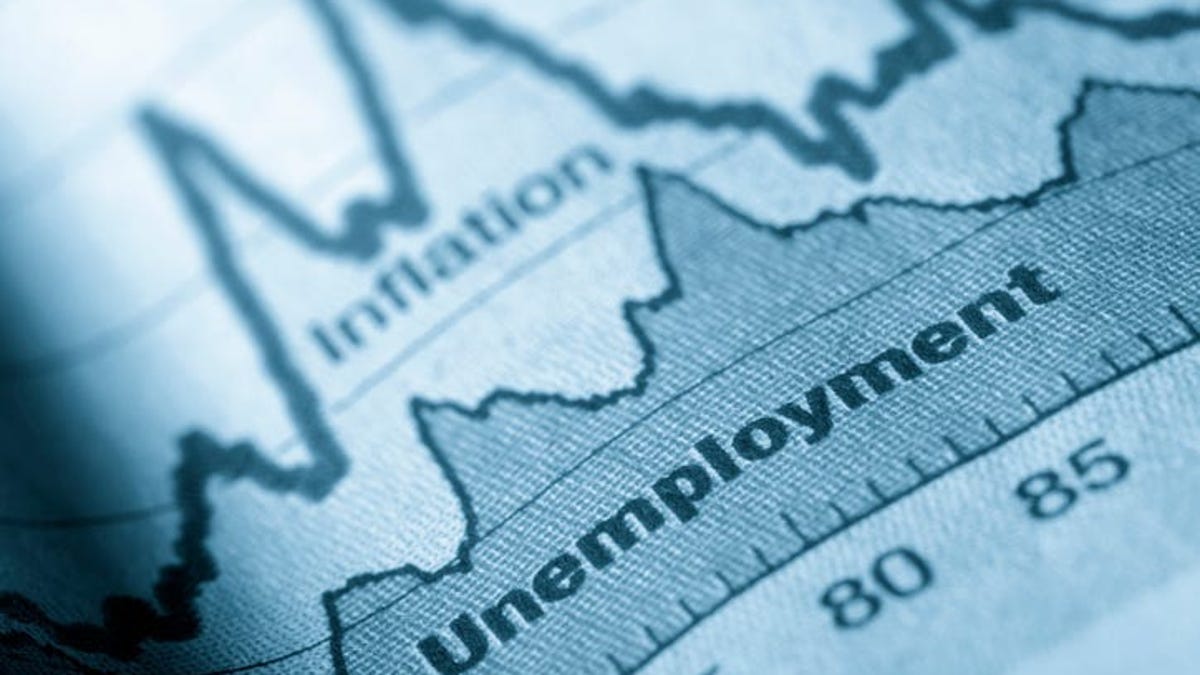
Initial filings for unemployment benefits in South Dakota dropped last week compared with the week prior, the U.S. Department of Labor said Thursday.
New jobless claims, a proxy for layoffs, fell to 134 in the week ending May 4, down from 152 the week before, the Labor Department said.
U.S. unemployment claims rose to 231,000 last week, up 22,000 claims from 209,000 the week prior on a seasonally adjusted basis.
Indiana saw the largest percentage increase in weekly claims, with claims jumping by 104.1%. Virgin Islands, meanwhile, saw the largest percentage drop in new claims, with claims dropping by 76%.
The USA TODAY Network is publishing localized versions of this story on its news sites across the country, generated with data from the U.S. Department of Labor’s weekly unemployment insurance claims report.
South Dakota
South Dakota’s recreational marijuana campaign readies another ballot run

Matthew Schweich hopes that when it comes to recreational marijuana legalization in South Dakota, the third time is the charm.
“Everything’s on schedule,” said the campaign director of South Dakotans for Better Marijuana Laws, whose group handed in 29,030 signatures for its recreational pot initiated measure to the Secretary of State’s office in Pierre on Tuesday, the final day that signatures could be submitted for 2024.
It’s been a mad dash to the finish line for the pro-legalization group, which also had a hand in putting the issue on the ballot in 2020 and 2022. The effort got a late start due to concerns about funding and didn’t really hit its stride with paid circulators until February.
“I think it would have been a mistake to launch a signature drive without knowing we had the resources to do it properly,” said Schweich, adding that funding for the petition drive came from the Grow South Dakota Ballot Committee (with former state legislator Deb Peters as treasurer) and Puffy’s Dispensary, a West River-based medical cannabis operation.
The number of verified signatures needed to qualify initiated measures for the ballot is 17,508, which represents 5% of the total vote for governor in the last gubernatorial election. Constitutional amendments require 35,017, which is 10%.
After receiving a petition, state law requires the Secretary of State to “examine and catalog” the signatures and make them available to the public upon request for a reasonable fee. Within five days of that examination, the Secretary of State is required to generate a random sample to determine the validity of the signatures, with the validation sheets also available for public inspection.
If the recreational marijuana measure makes the ballot, the campaign will have to grapple with possible voter fatigue on an issue that will be put before South Dakota voters for a third consecutive statewide election.
In 2020, pro-legalization Amendment A passed with 54% of the vote, clearing the way for recreational marijuana to be implemented in the state. Medicinal pot was also approved by voters that year in an initiated measure.
Gov. Kristi Noem’s administration challenged the recreational marijuana amendment, saying it violated the state’s requirement that constitutional amendments deal with just one subject. That argument prevailed in a 4-1 decision at the South Dakota Supreme Court.
Supporters tried to pass recreational cannabis again in 2022, and South Dakotans rejected that effort, sending Initiated Measure 27 to defeat with 53% of voters against it.
Schweich acknowledges making a political miscalculation by going back to the issue in 2022 rather than “taking a breather” and waiting for 2024, a presidential election year with higher voter turnout than midterms.
“My theory was that the anger over the amendment being overturned would cause a whole bunch of voters who might not otherwise show up for the midterms to go out and vote,” said Schweich, who also runs Eagle Campaigns, a political campaign service in Sioux Falls. “It was an ambitious theory, and unfortunately things didn’t play out that way. It turns out that changing an electorate is very difficult.”
South Dakotans for Better Marijuana Laws will focus on get-out-the-vote efforts rather than trying to win “the hearts and minds” of voters on an issue that they are well-versed on following the 2020 and 2022 campaigns.
Recreational marijuana is currently legal in 24 states, with supporters pointing to economic advantages to the state economy from tax revenue. States collected nearly $3 billion in marijuana revenues in 2022, according to the Tax Foundation.
Opponents cite potential social costs and health risks such as a higher risk of cardiovascular problems from marijuana use, as outlined in a recent study in the Journal of the American Heart Association.
If the measure makes the ballot and fails, said Schweich, there will not be a fourth consecutive time on the ballot, at least from his group.
“If we fail in 2024, which I don’t think will happen, I will respect that and will not be part of putting this issue on the ballot in 2026,” said Schweich.
This story was produced by South Dakota News Watch, an independent, nonprofit news organization. Read more in-depth stories at sdnewswatch.org and sign up for an email every few days to get stories as soon as they’re published. Contact Stu Whitney at at stu.whitney@sdnewswatch.org.
-

 Politics1 week ago
Politics1 week agoThe White House has a new curator. Donna Hayashi Smith is the first Asian American to hold the post
-

 Politics1 week ago
Politics1 week agoAdams, NYPD cite 'global' effort to 'radicalize young people' after 300 arrested at Columbia, CUNY
-

 News1 week ago
News1 week agoPolice enter UCLA anti-war encampment; Arizona repeals Civil War-era abortion ban
-

 World1 week ago
World1 week agoTurkish police arrest hundreds at Istanbul May Day protests
-

 News1 week ago
News1 week agoVideo: Police Arrest Columbia Protesters Occupying Hamilton Hall
-
)
) Movie Reviews1 week ago
Movie Reviews1 week agoThe Idea of You Movie Review: Anne Hathaway’s honest performance makes the film stand out in a not so formulaic rom-com
-

 News1 week ago
News1 week agoSome Republicans expected to join Arizona Democrats to pass repeal of 1864 abortion ban
-

 Politics1 week ago
Politics1 week agoNewsom, state officials silent on anti-Israel protests at UCLA


